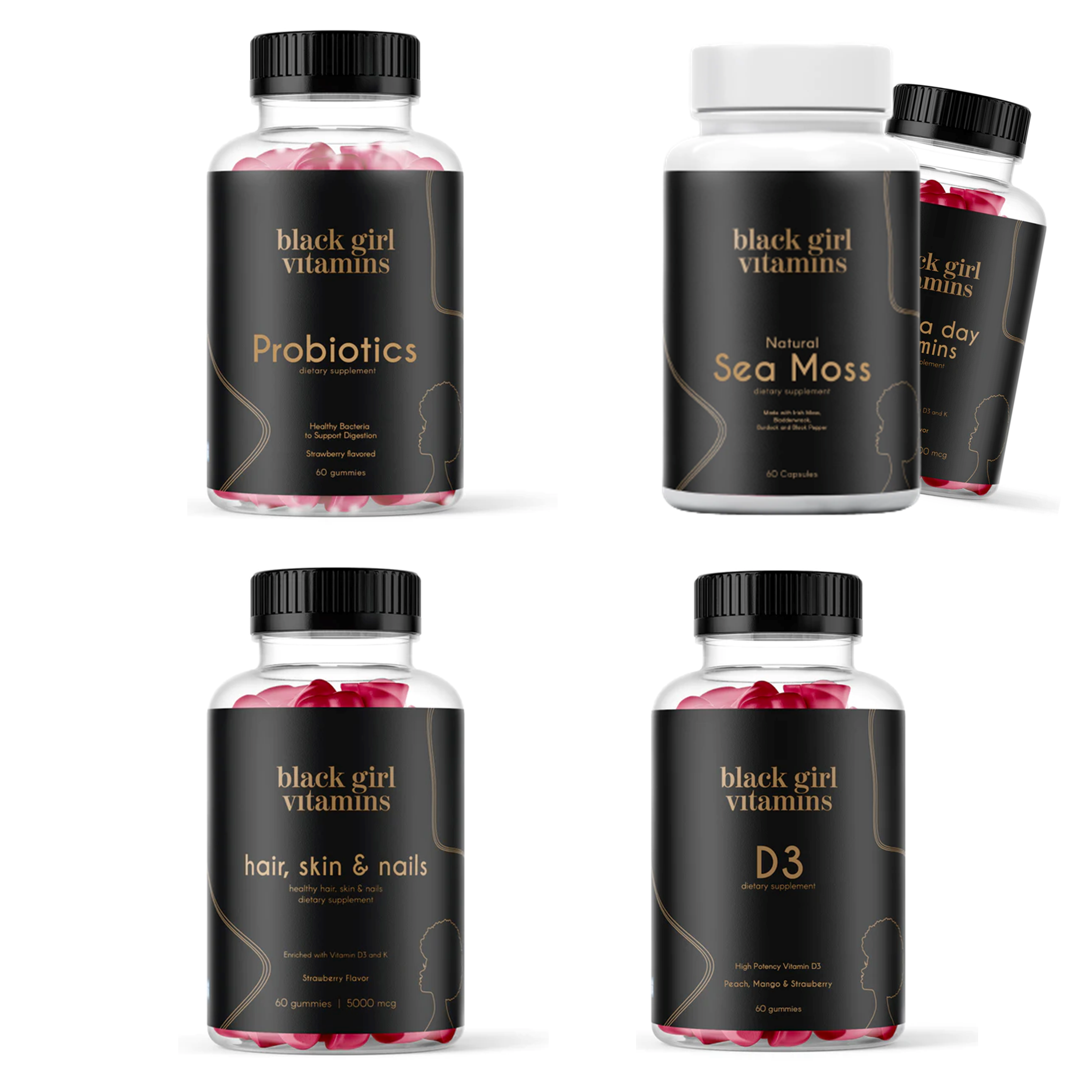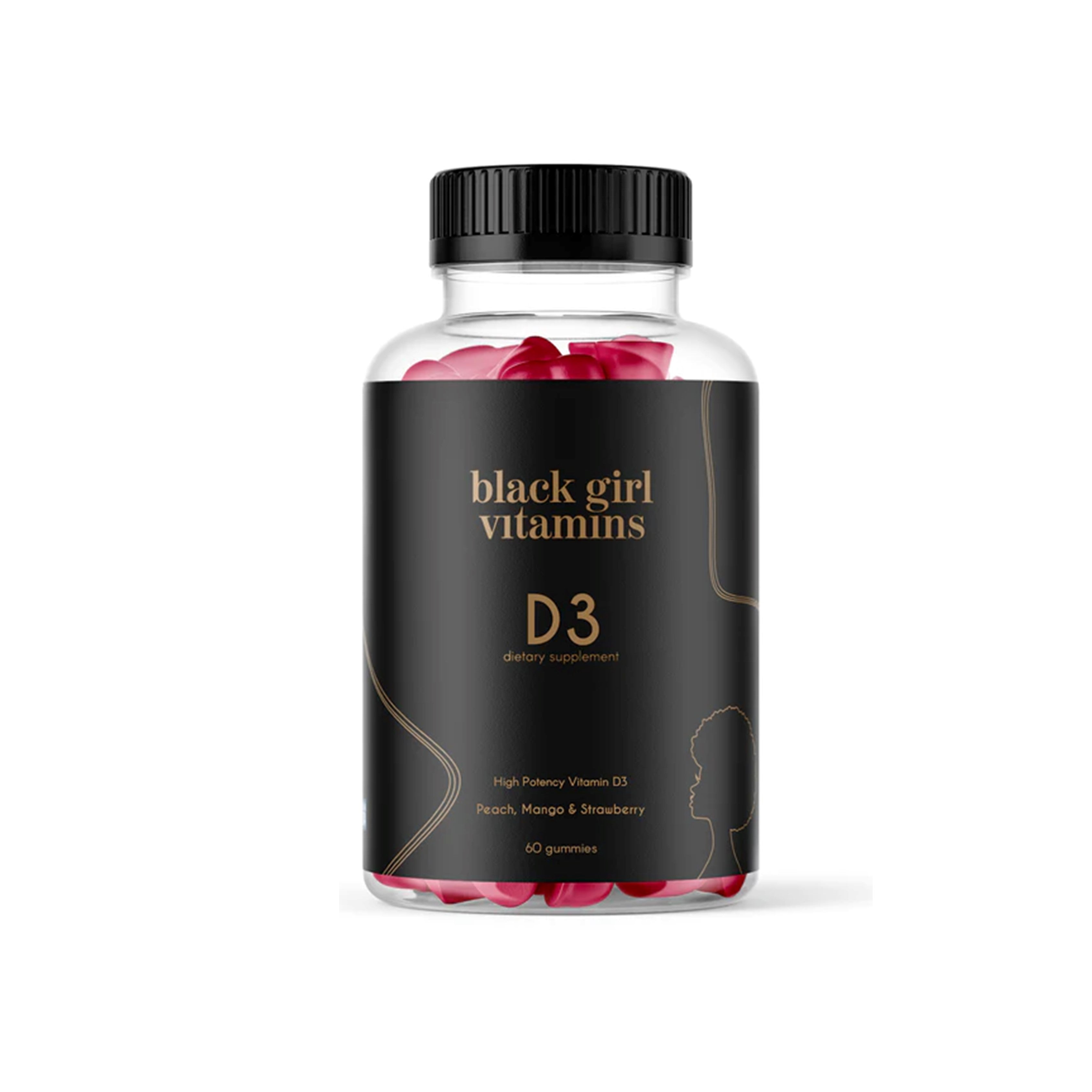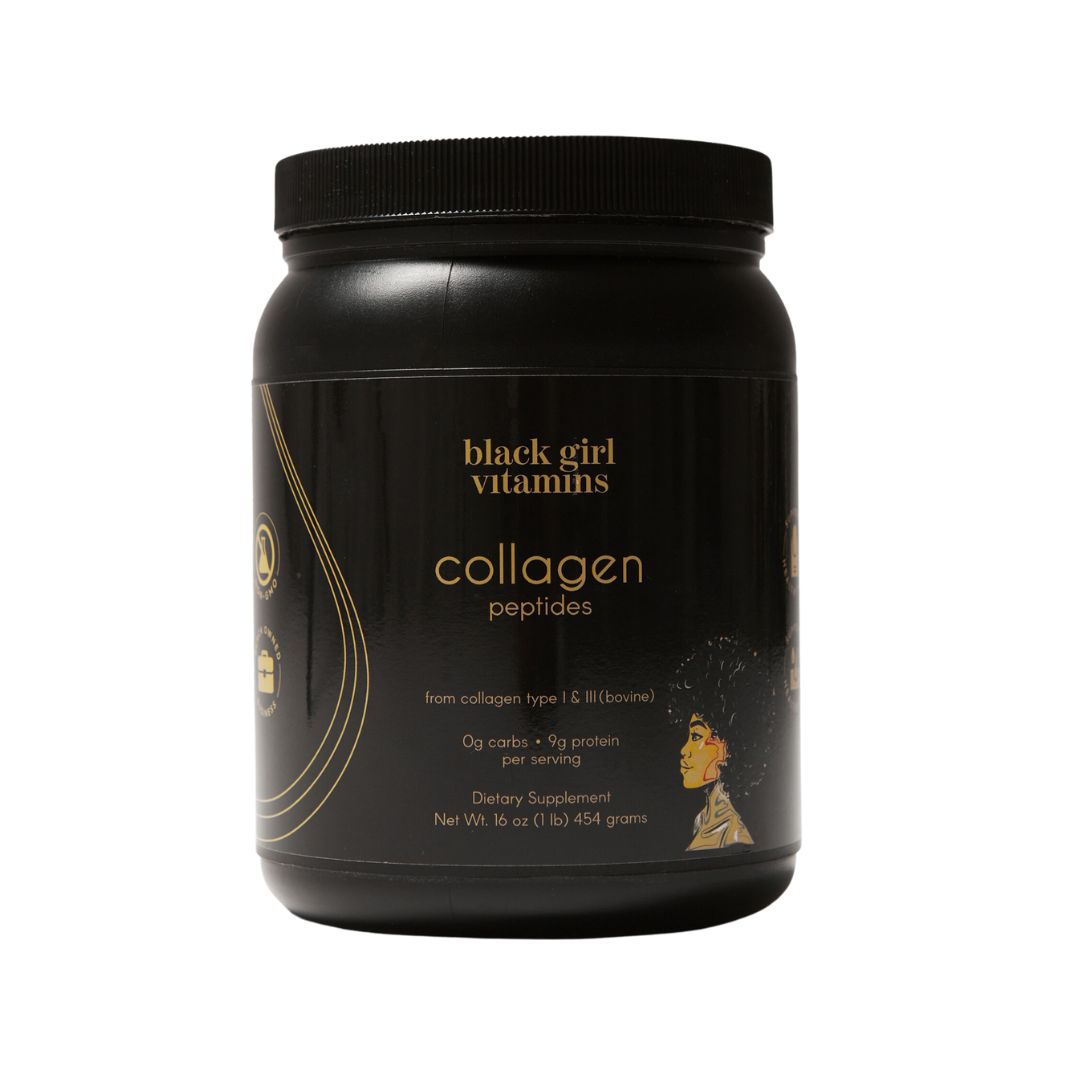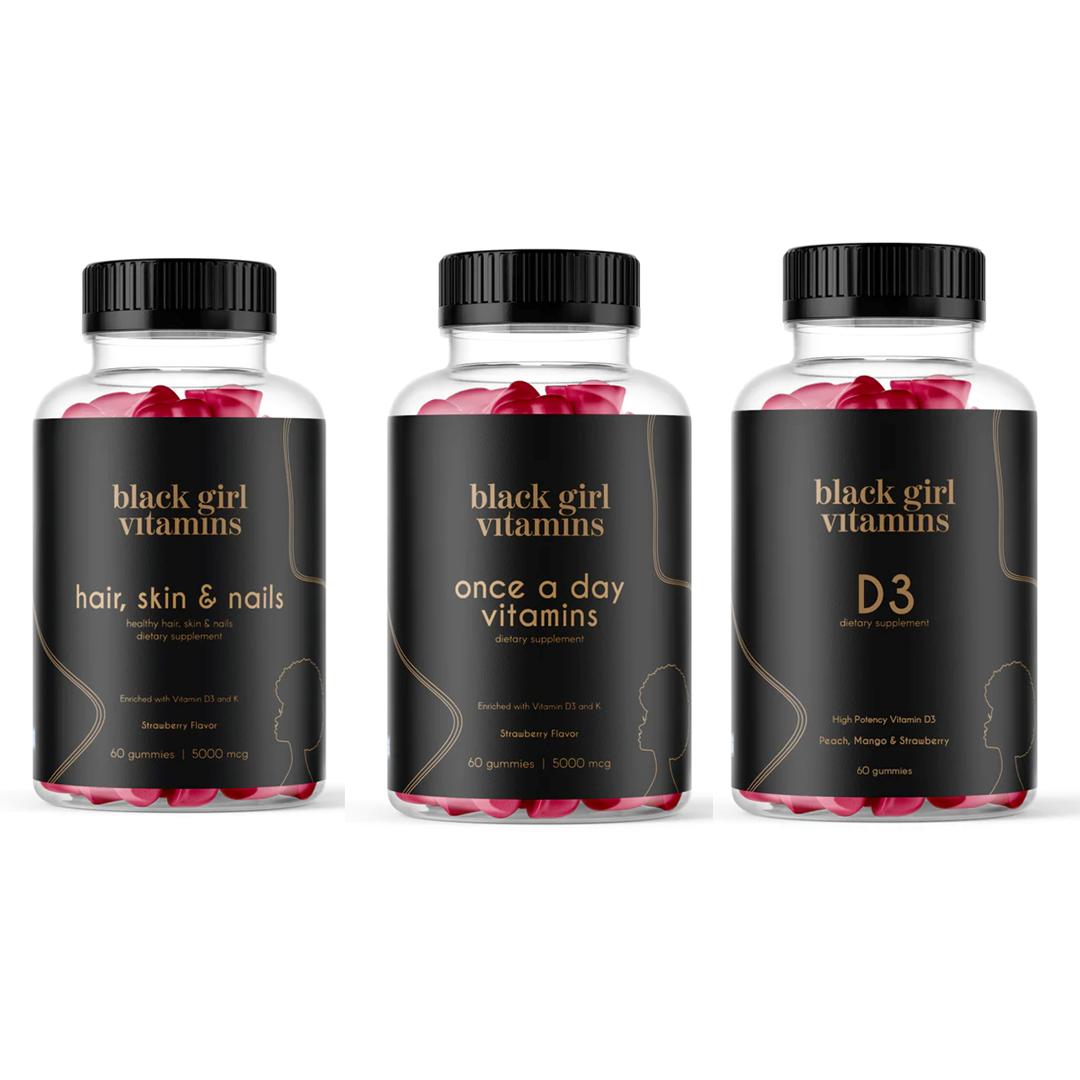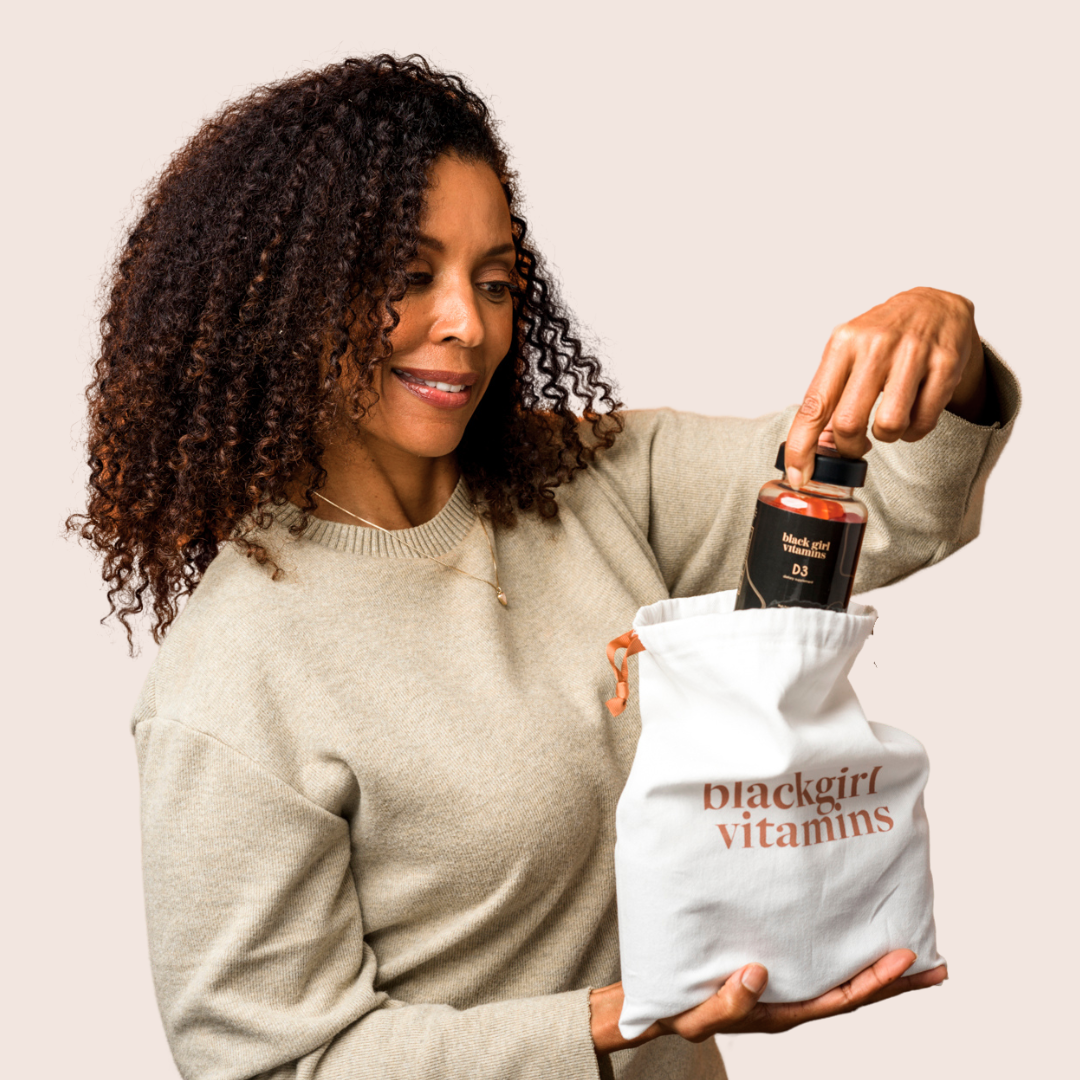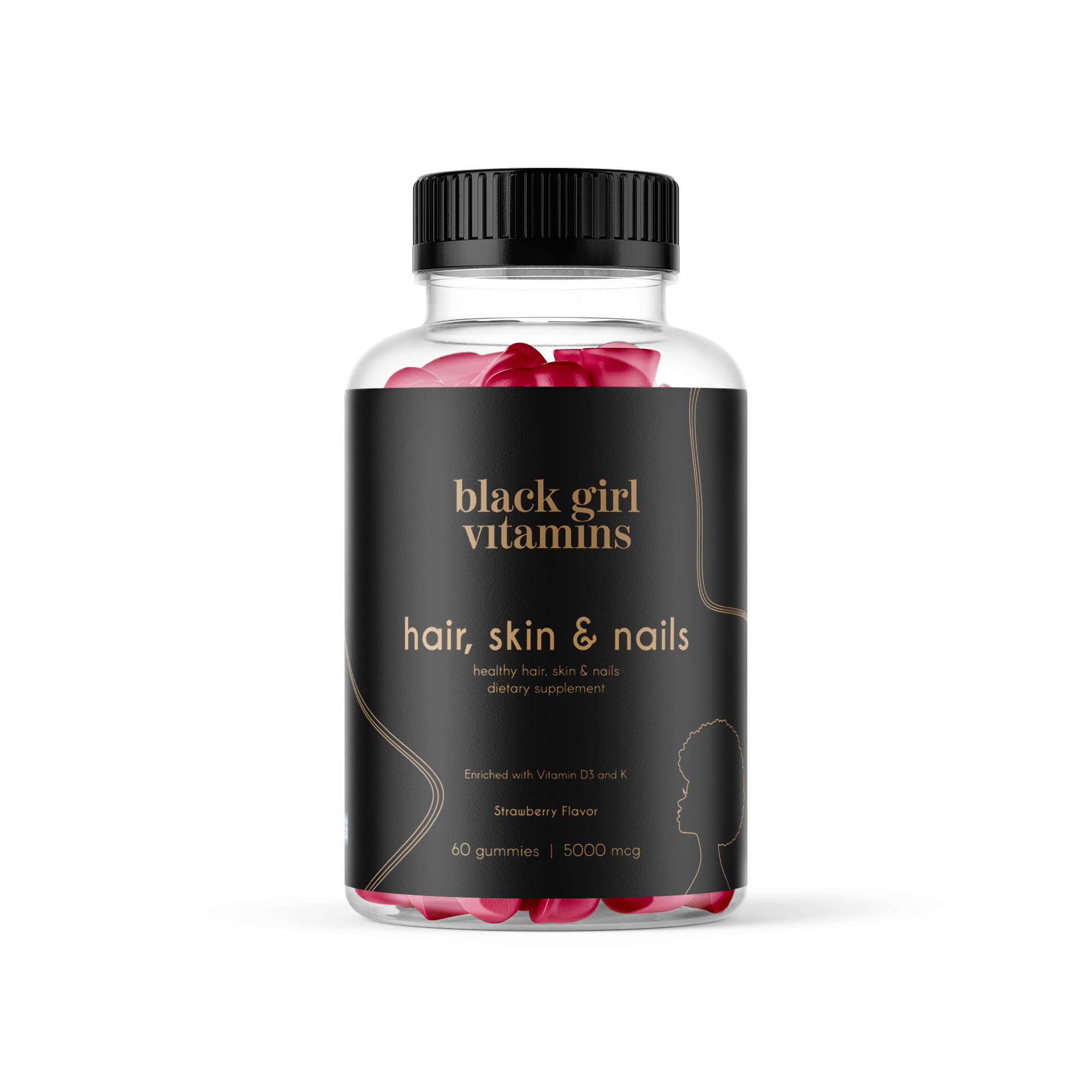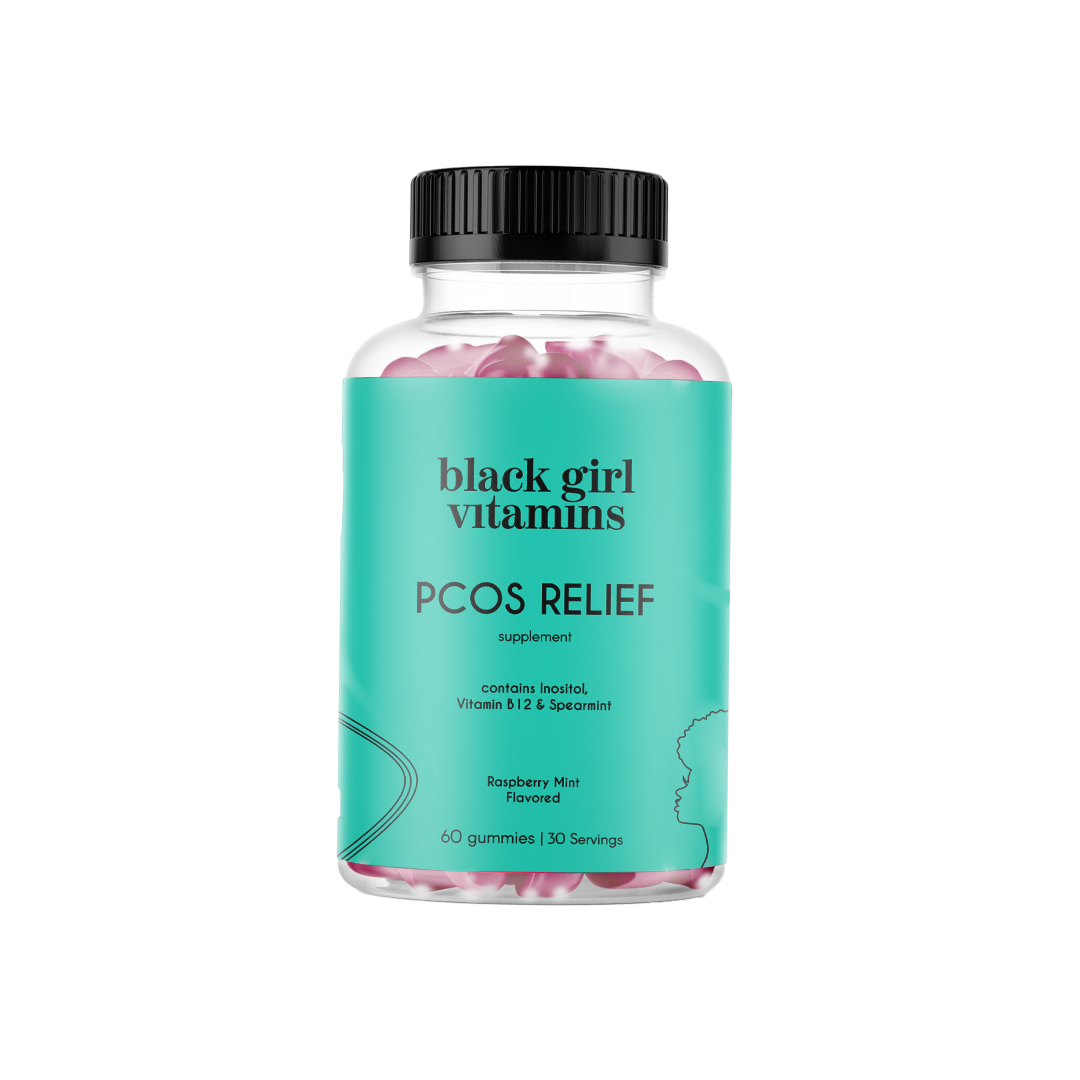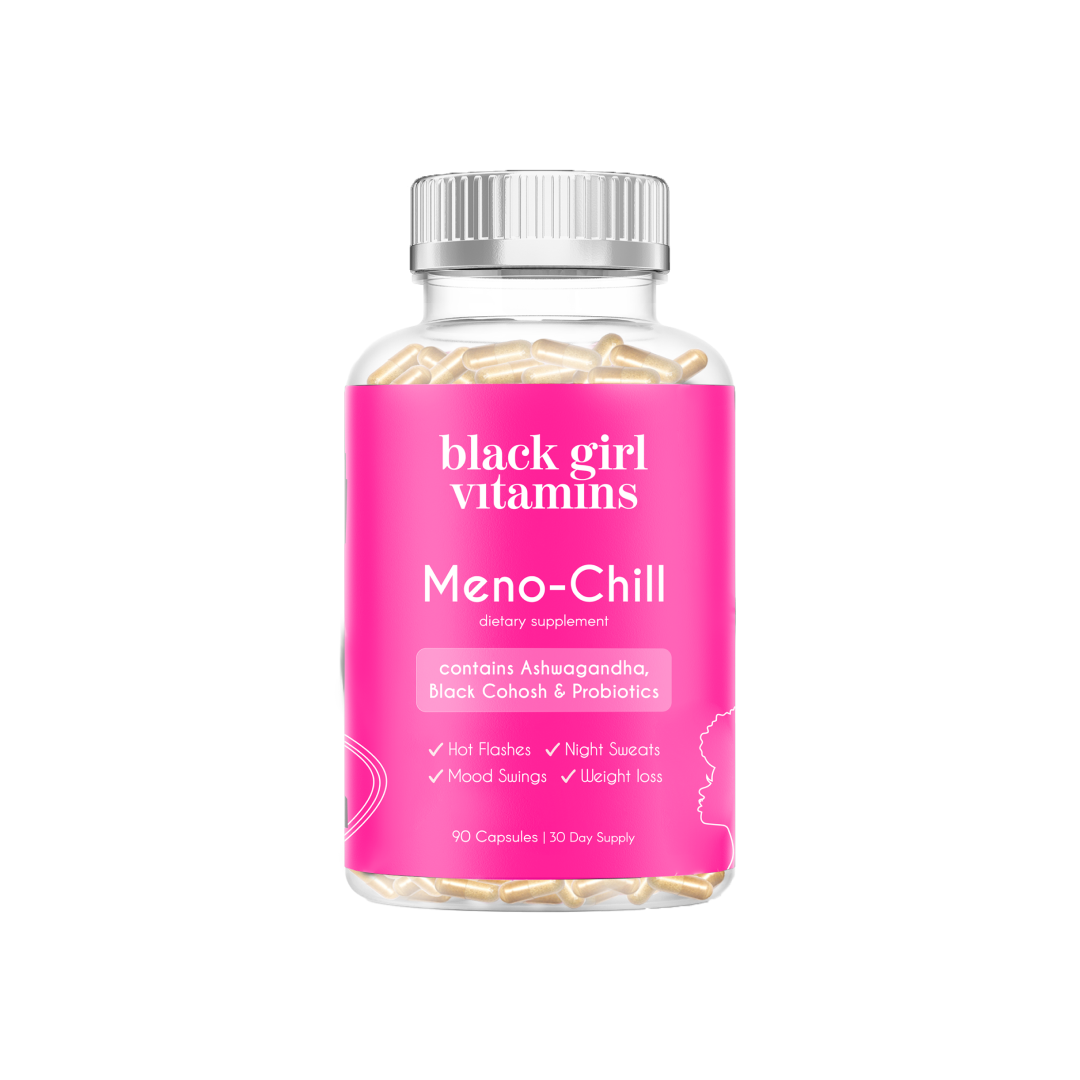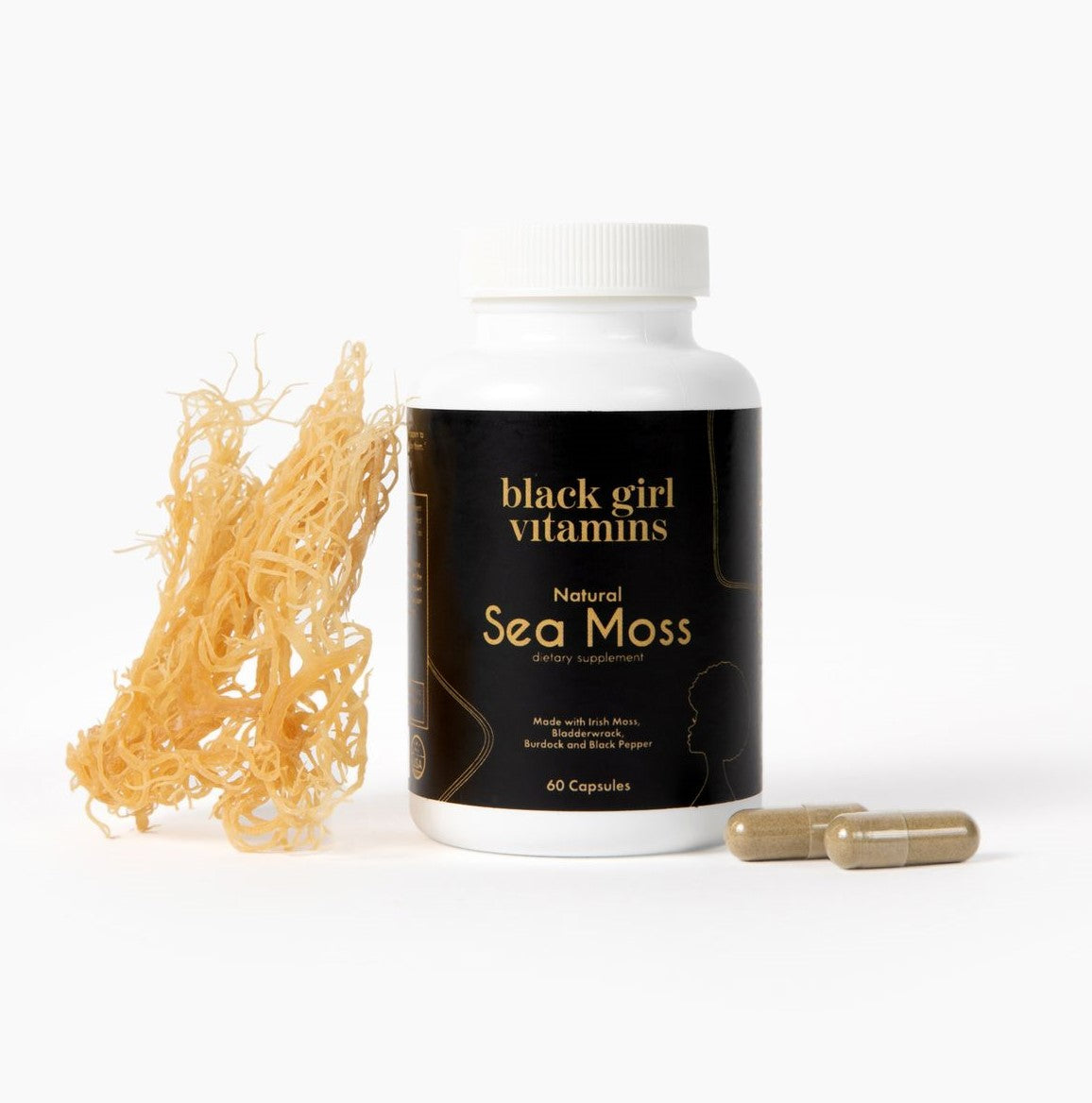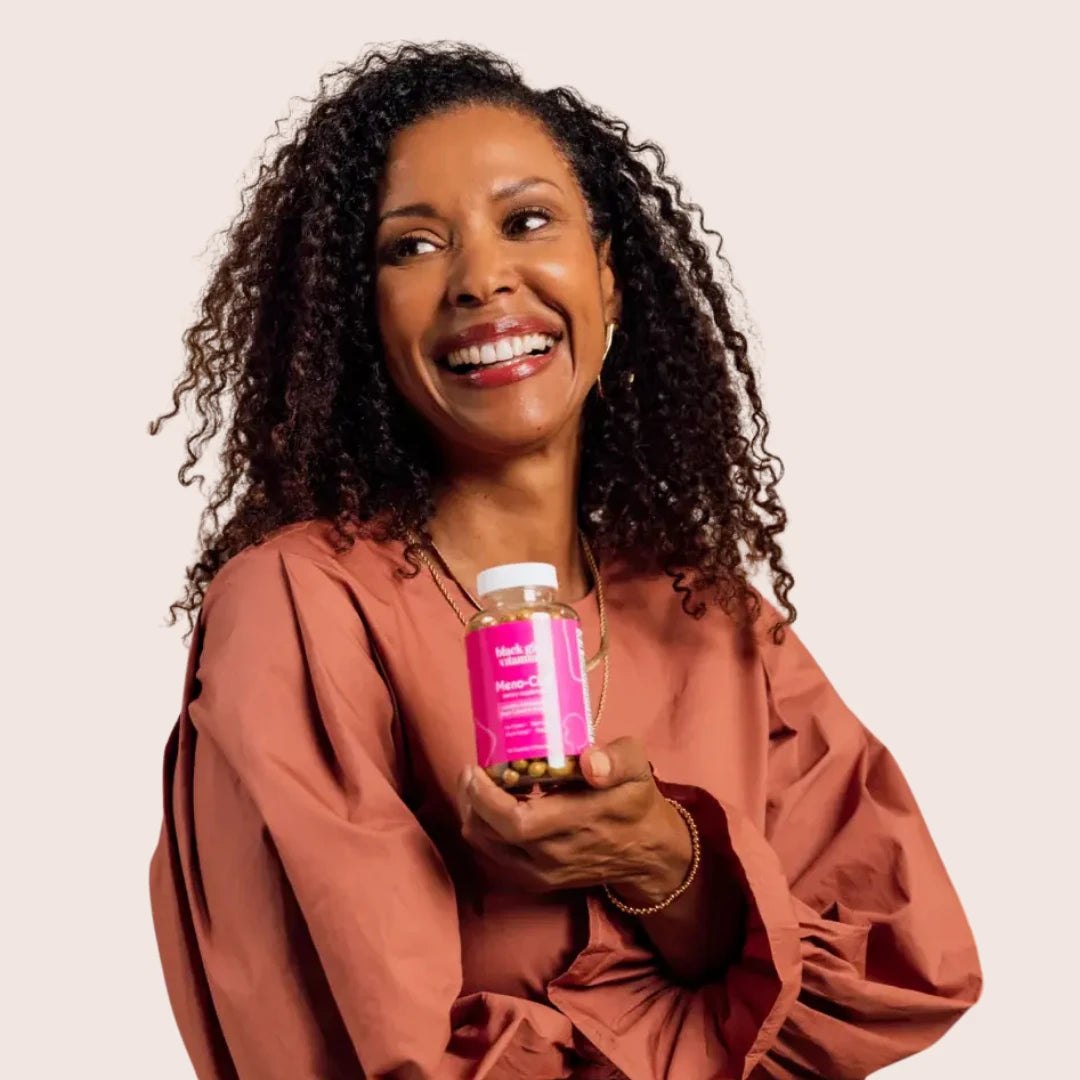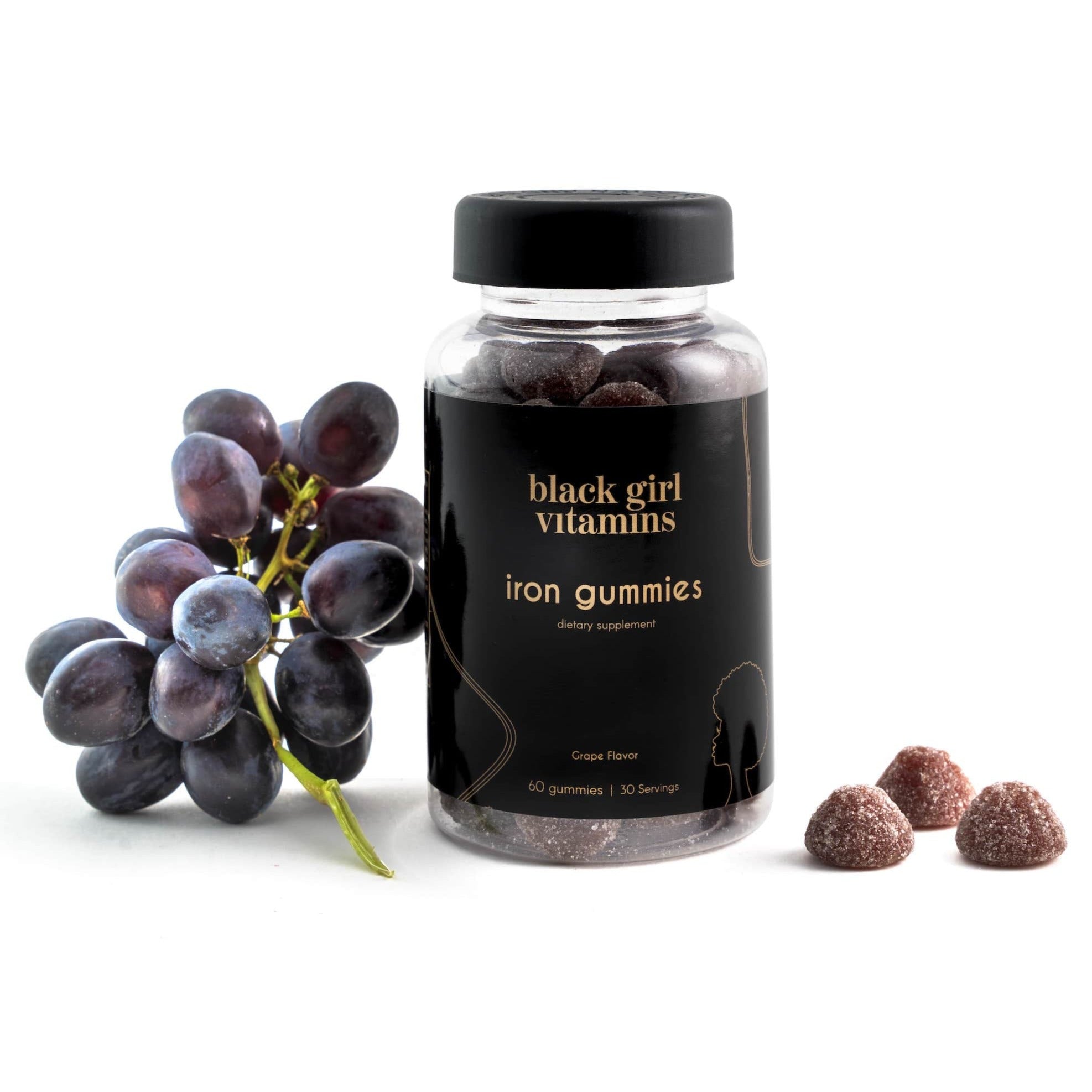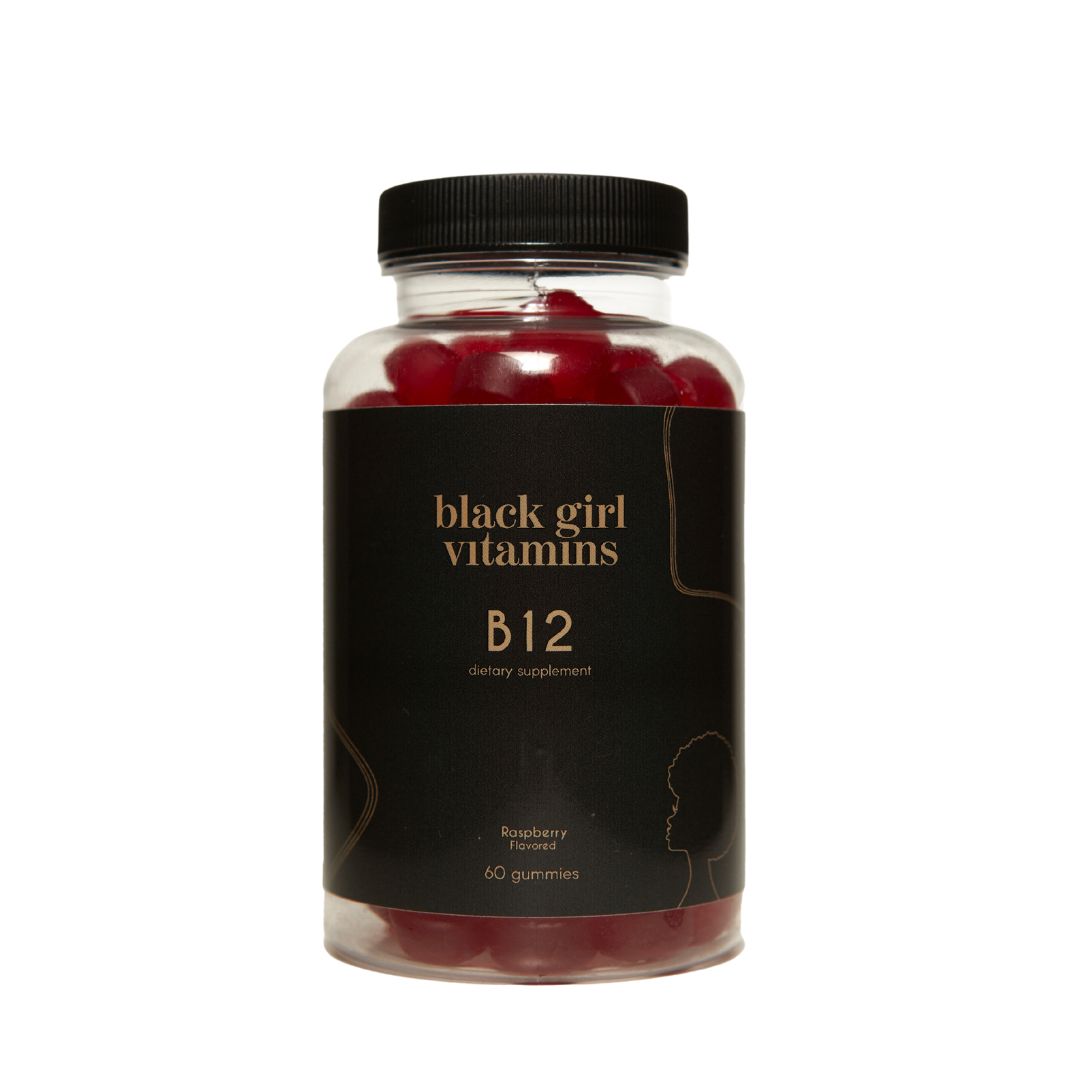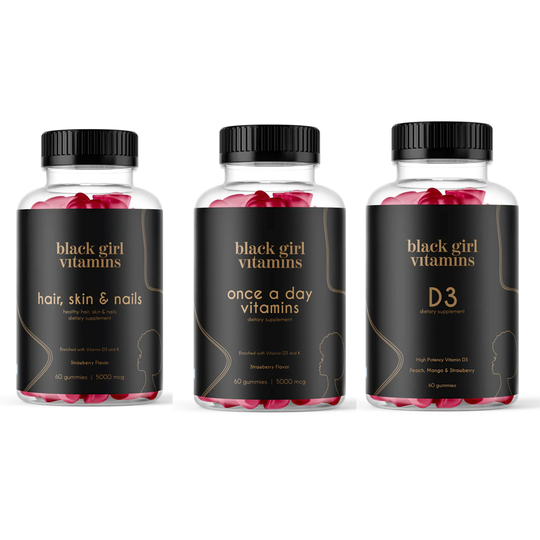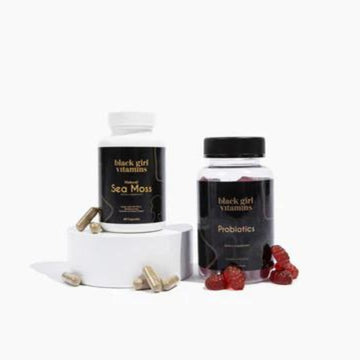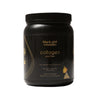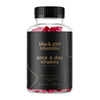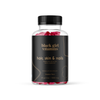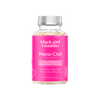Natural vs. Chemical Hyperpigmentation Cream: Which Is Right for You?
If you’ve ever dealt with dark spots or uneven skin tone, you probably know how frustrating it can be to get rid of them. DIY brightening treatments only help so much, and even full-coverage concealer isn’t enough to combat the most stubborn acne scars. But luckily, where makeup falls short, a hyperpigmentation cream can help.
But not just any hyperpigmentation cream. To effectively treat the problem, you need to consider the best solution for your skin. Hyperpigmentation creams come in two main types: natural and chemical. And choosing the right one can mean the difference between achieving clear, even skin and irritating your skin even more.
What Causes Hyperpigmentation?
Melanocytes are cells that produce melanin, the pigment that gives skin its color. When melanocytes are exposed to triggers like UV damage, irritating skincare products, hormonal imbalances, etc., they react by producing too much melanin as a defense mechanism.
But instead of giving you a smooth, even complexion, this protective response usually results dark spots, patches, and uneven skin tone — a.k.a hyperpigmentation. Here are some of the most common causes of hyperpigmentation:
-
Hormonal changes
-
Aging
-
Genetic factors
-
Skin irritation
-
Medications
-
Inflammation
-
Heavy metal exposure
-
Injury
Hyperpigmentation is more common in people with darker skin due to higher melanin production. Not to mention, the melanocytes in people with darker skin are more reactive, so even something as small as a pimple or bug bites can leave a mark.
What Are Natural Hyperpigmentation Creams?

Natural creams avoid using chemicals to treat hyperpigmentation but rely on naturally derived ingredients to do the job instead. When shopping for a natural hyperpigmentation cream, look for ingredients that are backed by science for their skin-brightening benefits.
Here are some common natural ingredients that combat hyperpigmentation and how they help:
-
Vitamin C – brightens skin and protects with antioxidants
-
Licorice Extract – fades dark spots and soothes irritated skin
-
Aloe Vera – calms skin and helps it heal
-
Turmeric – reduces inflammation and evens out skin tone
-
Kojic Acid – a natural ingredient from fungi that helps lower melanin production
The Pros of Natural Creams
-
Gentle on the skin, reducing irritation
-
Made with plant-based ingredients, free from harsh chemicals
-
Often full of antioxidants and good for your skin
-
Safe for long-term use and sensitive skin
The Cons of Natural Creams
-
May take longer to see results
-
How well it works can depend on the formula
-
Some natural ingredients don’t have many clinical studies
How To Pick the Right Hyperpigmentation Cream for Your Skin
Shopping for skincare is no easy feat. Confusing ingredient lists, an overwhelming number of options, and hefty price tags — all of these can make finding the right hyperpigmentation cream feel so impossible, you might start thinking your dark spots aren’t all that bad after all. And even after you finally decide on a product, there’s still the chance that it won’t work for your skin anyway.
When shopping for hyperpigmentation cream, going in with a gameplan can help you avoid frustration. Plus, knowing what to look for can help you narrow down your options and save you time and money in the long run. Here’s what to consider when shopping for hyperpigmentation cream:
Consider Your Skin Type
-
If you have sensitive skin >>> Natural creams may be gentler.
-
If you have oily or acne-prone skin >>> Chemical options like retinoids or azelaic acid could be more effective.
-
If you have dry skin >>> Some chemical ingredients (like AHAs) can cause irritation, so look for products with hydrating ingredients.
How Severe is the Hyperpigmentation?
If you have a mild case of hyperpigmentation — i.e. light sun spots or small marks from acne or minor injuries — a natural hyperpigmentation cream should be treatment enough.
However, if your dark spots refuse to go away, you may need something stronger like a chemical treatment to fade the discoloration. For severe cases, consider consulting with professional dermatologist for advice.
Look for Active Ingredients
There are a lot of products that claim to treat hyperpigmentation, when really, they don’t help much at all. To avoid wasting money, look for products with active ingredients that are proven to help.
For natural creams, ingredients like kojic acid, licorice extract, and vitamin C can fade dark spots over time.
For chemical creams, hydroquinone, retinoids, and AHAs can target hyperpigmentation faster.
Shop for Multi-Tasking Ingredients
A good hyperpigmentation cream won’t just treat the problem, it should nourish and protect your skin to help prevent it from happening again.
When shopping around, look for products that highlight their hydrating, brightening, and protective benefits. Bonus points if it includes SPF, since sun exposure can make hyperpigmentation worse.
Sources:
Demystifying hyperpigmentation: Causes, types, and effective treatments | Harvard Health
The Impact of Sun Exposure on Hyperpigmentation | Southside Dermatology and Skin Cancer Surgery




